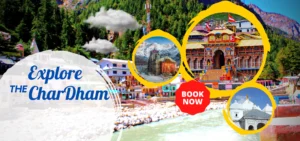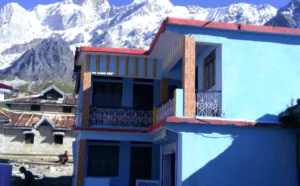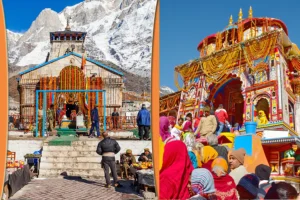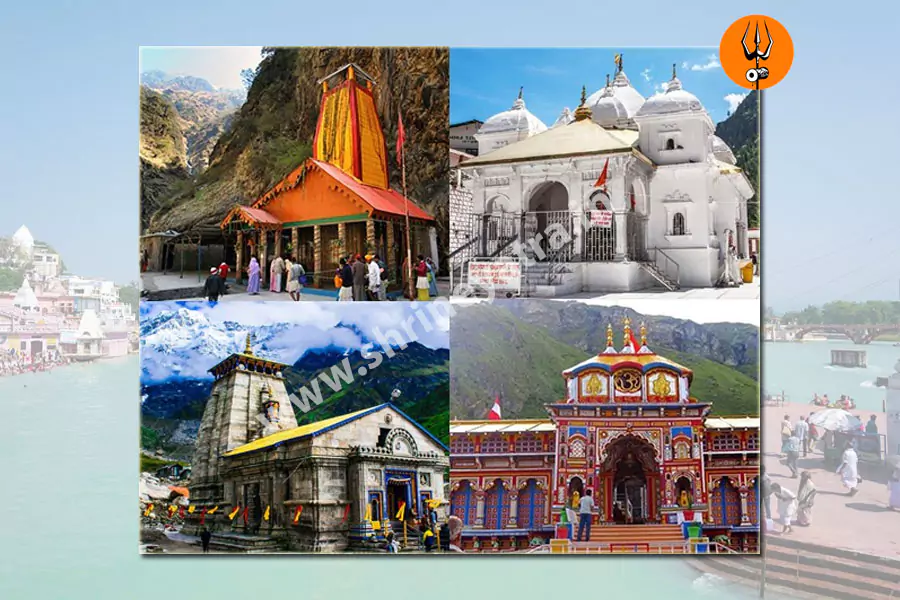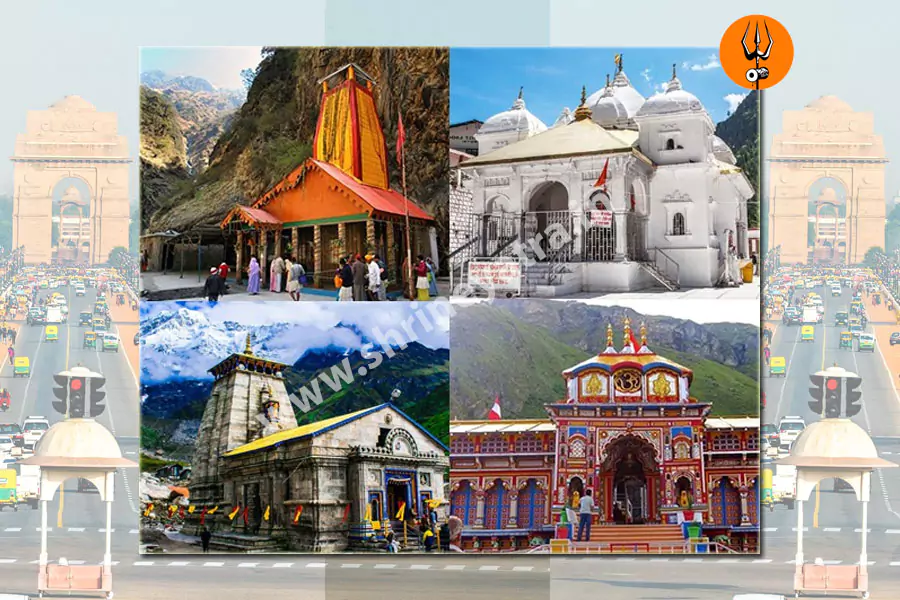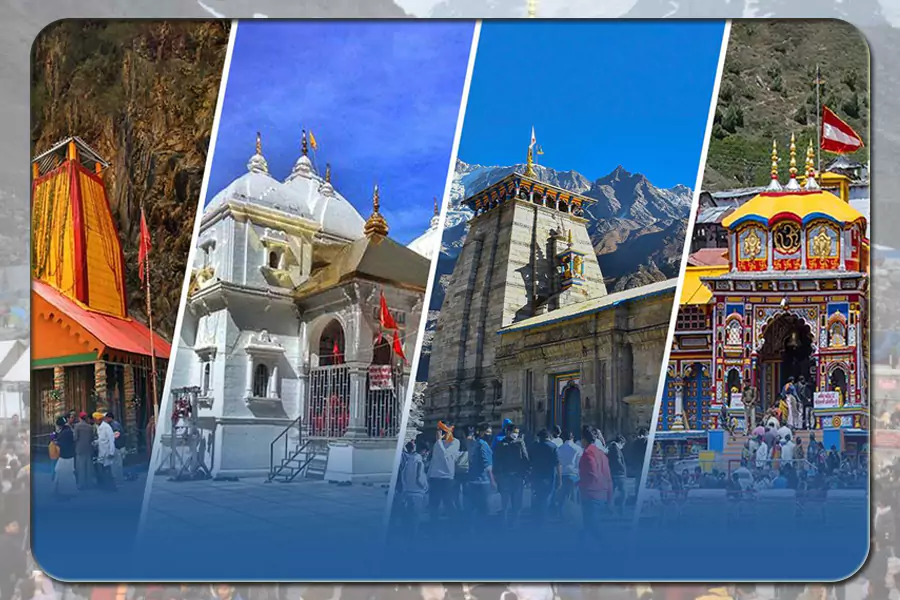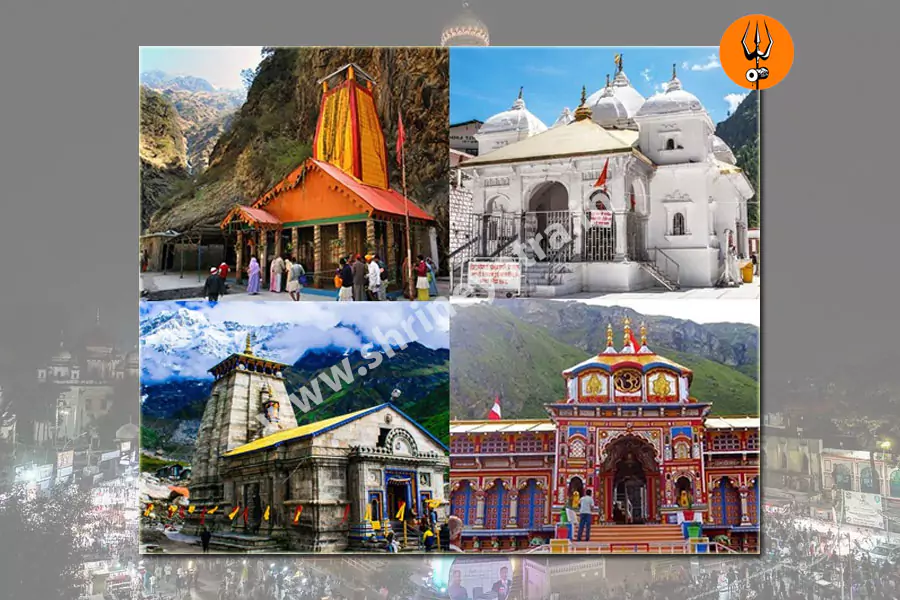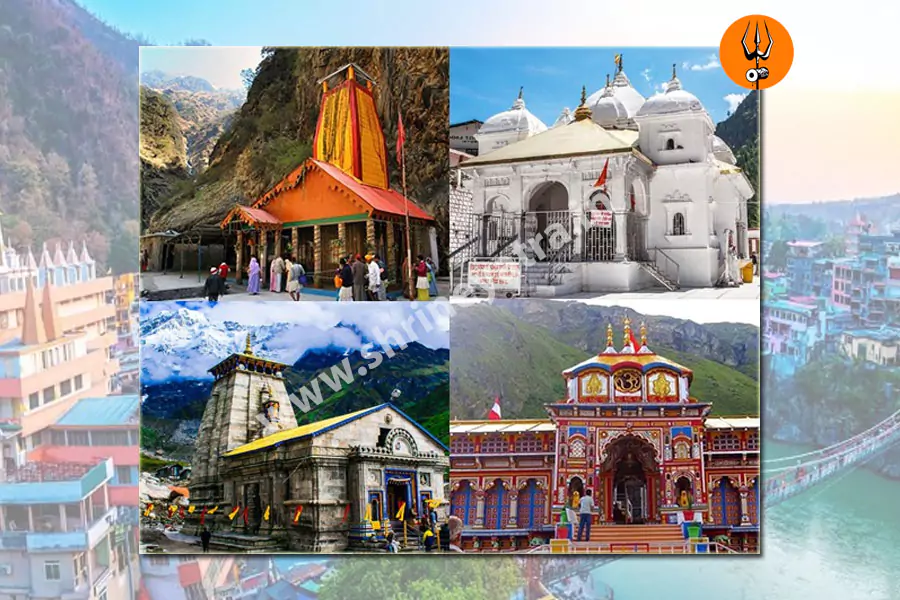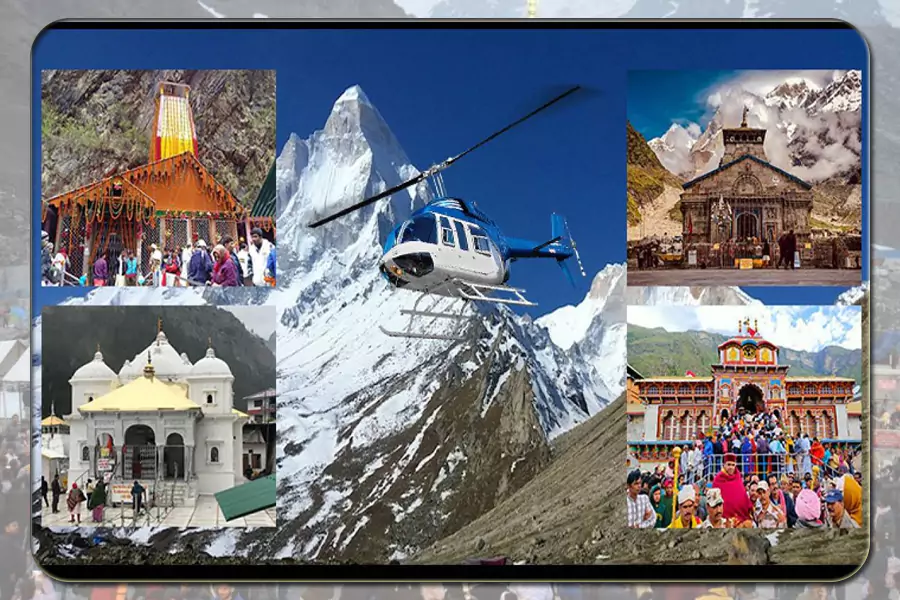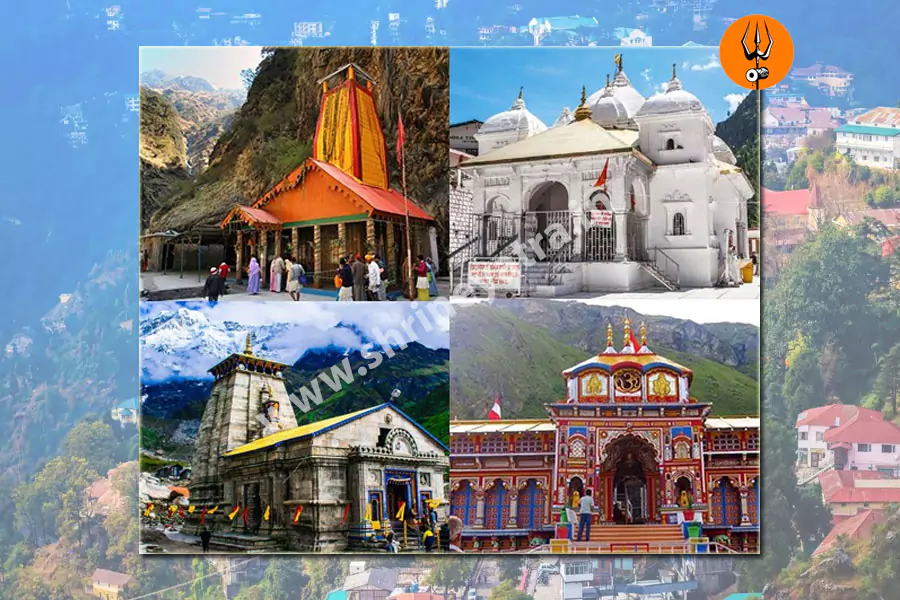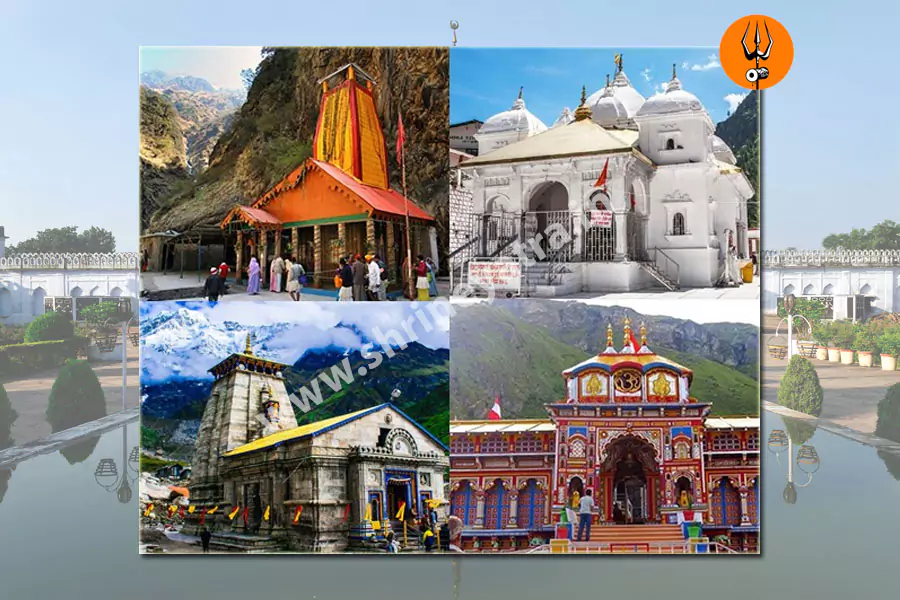
A Complete Guide on Panch Prayag
Panch Prayag refers to the five holy confluences of rivers in the Garhwal region of Uttarakhand, India. These sacred meeting points are not only geographical wonders but also hold deep spiritual meaning for devotees, saints, and travelers. The term Prayag means “confluence” or “place of meeting,” and each site in the Panch Prayag series marks the union of two important rivers flowing from the majestic Himalayas.
The five Prayags, arranged in their downstream order from the origin of the Alaknanda River, are:
- Vishnuprayag – Confluence of Alaknanda and Dhauliganga
- Nandaprayag – Confluence of Alaknanda and Nandakini
- Karnaprayag – Confluence of Alaknanda and Pindar
- Rudraprayag – Confluence of Alaknanda and Mandakini
- Devprayag – Confluence of Alaknanda and Bhagirathi
Together, they form a spiritually significant route that many pilgrims travel while heading towards the Char Dham Yatra or other Himalayan temples. Visiting all five is believed to cleanse one’s sins and bring blessings for a peaceful life.
The Legend Behind Panch Prayag
According to Hindu mythology, the story of Panch Prayag is deeply connected to the great river Ganga. When King Bhagirath prayed for the river to descend from heaven to purify the ashes of his ancestors, the mighty Ganga agreed. However, her tremendous force could have destroyed the earth upon descent. To prevent this, Lord Shiva caught her in his matted hair and released her gently in multiple streams.
One of these streams became the Alaknanda River, which flows through the Garhwal Himalayas and meets other rivers at the five Prayags before finally joining the Bhagirathi River at Devprayag. This confluence marks the beginning of the sacred Ganga River as we know it.
Many sages and saints have meditated along these riverbanks for centuries, believing the waters here carry divine energy. Even today, pilgrims take ritual baths at each Prayag before proceeding further on their spiritual journeys.
Panch Prayag Route Map

Vishnuprayag – The First of the Five Confluences
Spiritual Significance
Vishnuprayag is the first confluence encountered on the Panch Prayag route when following the Alaknanda River downstream from its origin near the Satopanth Glacier. Here, the sparkling blue waters of the Dhauliganga River meet the Alaknanda River at an altitude of about 1,372 meters (4,501 ft) above sea level.
According to legend, Sage Narada once meditated at this spot to please Lord Vishnu. Pleased by his devotion, Lord Vishnu appeared and blessed him. A small temple dedicated to Lord Vishnu, built by the Maharani of Jaipur in the 19th century, still stands near the site.
Scenic Beauty
Surrounded by snow-capped peaks and dense pine forests, Vishnuprayag offers breathtaking views. The turquoise waters rushing over dark boulders create a stunning scene, and on clear days, distant Himalayan summits glow in the sunlight.
Travel Tips
- Best Time to Visit: April to June and September to November
- How to Reach: 13 km from Joshimath on the Joshimath–Badrinath road
- Nearby Attractions: Auli, Joshimath, Valley of Flowers trek
Nandaprayag – The Second Sacred Confluence
Mythological Significance
Nandaprayag is where the Alaknanda River meets the Nandakini River at 870 meters (2,854 ft) above sea level. Legend says it was named after King Nanda, foster father of Lord Krishna, who performed a grand yajna here. Another version links the name to Goddess Nanda Devi.
Natural Charm
The emerald-green Nandakini joins the foaming Alaknanda, creating a beautiful contrast. The peaceful riverbanks and terraced fields make it an ideal stop for meditation and photography.
Travel Tips
- Best Time to Visit: March to June and September to early November
- How to Reach: 20 km from Karnaprayag, between Chamoli and Karnaprayag
- Nearby Attractions: Gopeshwar, Rudranath Temple trek, Kuari Pass trek
Karnaprayag – The Third Sacred Confluence
Mythological Significance
Karnaprayag is where the Alaknanda River meets the Pindar River at 788 meters (2,585 ft). It is linked to Karna from the Mahabharata, who meditated here and was blessed by the Sun God with armor and earrings. Lord Krishna is said to have performed Karna’s cremation here.
Scenic Beauty
The Pindar River from the Pindari Glacier merges here with the Alaknanda in a stunning display of natural beauty, framed by forested slopes and mountain vistas.
Travel Tips
- Best Time to Visit: October to April
- How to Reach: On National Highway 7, 31 km from Nandaprayag
- Nearby Attractions: Adi Badri Temple, Pindari Glacier trek, Gauchar
Rudraprayag – The Fourth Sacred Confluence
Mythological Significance
Rudraprayag marks the meeting of the Alaknanda River and the Mandakini River at 895 meters (2,936 ft). Named after Lord Shiva (Rudra), it is where Shiva blessed Sage Narada with mastery of music.
Natural Charm
The Mandakini flows from the Chorabari Glacier near Kedarnath and joins the Alaknanda here in a majestic embrace, surrounded by steep slopes and temples.
Travel Tips
- Best Time to Visit: March to June and September to November
- How to Reach: 142 km from Rishikesh, 34 km from Karnaprayag
- Nearby Attractions: Augustmuni, Koteshwar Mahadev Temple, Kedarnath trek
Devprayag – The Fifth and Final Sacred Confluence
Mythological Significance
Devprayag is where the Alaknanda River meets the Bhagirathi River at 830 meters (2,723 ft), forming the holy Ganga River. Named after Sage Dev Sharma, it is believed that bathing here cleanses all sins.
Spiritual Atmosphere
The meeting of the green Bhagirathi and bluish Alaknanda is mesmerizing. Nearby temples include Raghunathji Temple and Chandrabadni Temple.
Travel Tips
- Best Time to Visit: October to April
- How to Reach: 70 km from Rishikesh on NH 58
- Nearby Attractions: Chandrabadni Temple, Dashrathshila, suspension bridge
Best Time to Visit Panch Prayag
The ideal time to explore Panch Prayag is from April to June and September to November. During these months, the climate remains moderate, making it perfect for traveling. The summer season offers clear skies and pleasant temperatures, ideal for sightseeing and spiritual activities.
Avoid visiting during the monsoon period (July to August) due to the high probability of landslides and heavy rainfall, which can hamper travel. Winters (December to February) bring snow in higher elevations, posing travel challenges unless you’re prepared for extreme cold and icy routes.
To enjoy a comfortable journey, plan your visit during the summer (April–June) or autumn (October–November) seasons. Summer temperatures hover between 20℃ and 30℃, while the autumn months offer a cooler climate ranging from 10℃ to 20℃. The monsoon season, from July to September, is not recommended due to frequent downpours, slippery roads, and increased chances of landslides. In winter (December to March), temperatures may drop as low as -9℃, and snowfall in the upper regions can block roads and make navigation tough.
How to Reach Panch Prayag?
Here is a stepwise road journey to reach all five confluences of Panch Prayag:
- Rishikesh to Devprayag (74 km): Travel along NH7, tracing the path of the Ganga River. At Devprayag, the Bhagirathi and Alaknanda rivers unite to form the sacred Ganga River. This spiritual confluence marks the starting point of the Panch Prayag trail.
- Devprayag to Rudraprayag (66 km): Drive further on NH7, passing through Srinagar (Garhwal). Here, the Mandakini River merges with the Alaknanda.
- Rudraprayag to Karnaprayag (34 km): Continue along NH7, moving upstream. Karnaprayag is where the Pindar River from the Pindari Glacier joins the Alaknanda.
- Karnaprayag to Nandaprayag (21 km): Follow NH7 towards Chamoli. At Nandaprayag, the Nandakini River, originating near the Nanda Devi Glacier, merges into the Alaknanda.
- Nandaprayag to Vishnuprayag (73 km): Head towards Joshimath via Chamoli, continuing on NH7. At Vishnuprayag, the Dhauliganga River meets the Alaknanda.
Quick Overview of Connectivity
- Roadways: NH7 (formerly NH58) connects all five Prayags. Buses, shared jeeps, and taxis are available from Rishikesh, Haridwar, and Dehradun.
- Railways: Nearest major railway stations are Rishikesh and Haridwar. Road travel is required from these stations.
- Airways: Jolly Grant Airport (Dehradun) is the nearest airport. It is well connected with Delhi and other metro cities.
|
|
||
|---|---|---|
| Destination | Distance | Duration |
| Rishikesh to Devprayag | 74 km | 2 hrs |
| Devprayag to Rudraprayag | 66 km | 1–2 hrs |
| Rudraprayag to Karnaprayag | 34 km | 1 hr |
| Karnaprayag to Nandprayag | 21 km | 40 minutes |
| Nandprayag to Vishnuprayag | 73 km | 2 hrs 30 minutes |
| Delhi to Devprayag | 309 km | More than 5 hrs |
| Dehradun to Devprayag | 112 km | 3–4 hrs |
| Haridwar to Devprayag | 97 km | 3 hrs |
Panch Prayag Yatra
The Panch Prayag Yatra can be completed as a standalone pilgrimage or as part of the Char Dham Yatra. The full circuit can typically be covered in 5 to 7 days, depending on your itinerary and travel arrangements.
Suggested Yatra Route:
- Start from Rishikesh or Haridwar
- Devprayag → Rudraprayag → Karnaprayag → Nandaprayag → Vishnuprayag
- Extend your journey to Badrinath if desired
Final Thoughts
The journey through Panch Prayag is not just physical; it’s spiritual. As sacred rivers merge under the watch of Himalayan peaks, every confluence tells a mythological story and inspires divine reflection.
Whether you’re on a religious path or seeking natural beauty, each Prayag offers something memorable. For assistance in planning your yatra, contact ShrineYatra:
- Email: info@shrineyatra.in
- Phone: +91 9958647371
FAQs
Are there any entry fees for visiting the Panch Prayag?
No, there are no entry charges to visit any of the confluences.
What important points must be taken care of while visiting the Panch Prayag?
- Carry valid ID proofs
- Pack all necessary items
- Maintain respect and silence at religious places
Is visiting the river confluences safe?
Yes, bathing steps are available. Always check water levels before entering.
Can we take holy dips in Panch Prayag?
Yes, you can at Devprayag, Rudraprayag, Karnaprayag, and Nandprayag. Avoid going too close to Vishnuprayag due to strong river flow.
Is it safe to travel to Panch Prayag in the monsoon?
No, July and August are not recommended due to heavy rain and landslides.
Can I complete the Panch Prayag Yatra in one go?
Yes, with proper planning, it can be done in 5–7 days by private or rental vehicle.


